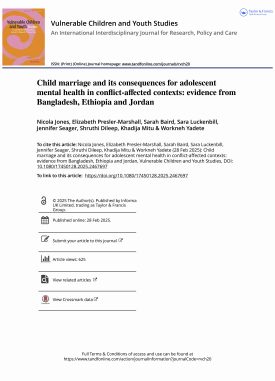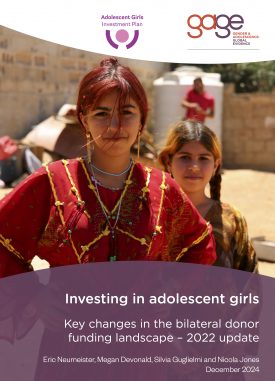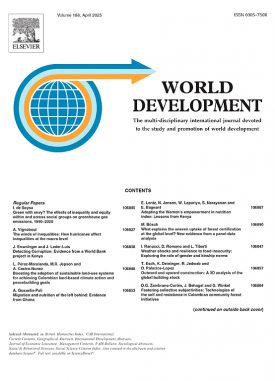This rapid country evidence review brings together key evidence on the effectiveness of interventions seeking to support the capability development of Ethiopian adolescent girls (aged 10-19). Produced to feed into the design of GAGE’s longitudinal impact evaluation and as a resource for researchers, programme designers and policy makers, this mapping draws on nearly 200 documents — over 60 of which are impact studies and evaluations. As a living document to be updated as necessary, it lays out current evidence on “what works” to support girls’ education and learning; bodily autonomy, integrity and freedom from violence; sexual and reproductive health, health and nutrition; psychosocial wellbeing; voice and agency; and economic empowerment.
Our mapping found that of the examined impact studies and evaluations, only a third could be considered rigorous and a disproportionate number evaluated interventions aimed at child marriage in Amhara Regional State. Most critically, nearly all had short time frames — and were conducted soon after projects ended — and few delineated between different age groups to ascertain whether some types interventions work best for younger or older girls.
Overall, it appears that multi-component programmes that simultaneously work with adolescent girls, boys, girls’ families, and broader communities and systems are most likely to effect change. Mentor-led safe-spaces for girls, community conversations, and the involvement of boys and men appear to be particularly promising.
Suggested citation
Stavropoulou, M. and Gupta-Archer, N. (2017) Adolescent girls’ capabilities in Ethiopia: the state of the evidence on programme effectiveness. London: Gender and Adolescence: Global Evidence. (https://www.gage.odi.org/publication/adolescent-girls-capabilities-ethiopia-state-evidence-programme-effectiveness/)


